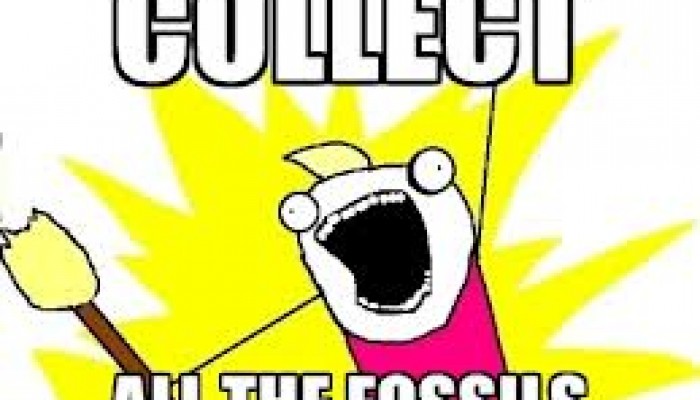Day 2 in the Big Brother house (aka the European Geosciences Union General Meeting). There’s no where near enough beer, and tensions are getting high. A horde of angry horses have invaded the lower levels, and taken the President of Austria hostage, with demands of lowering the Fair Straw Tax.
But throughout all the acid-fuelled hysteria, two events have stuck out so far today. The first was a workshop discussion on open access publishing for early career researchers (ECRs), hosted by a new Editor for the EGU’s publishing house, Copernicus. Unfortunately, this event confirmed a lot of the current issues with the development of open access policies globally, in that there has been a serious communications breakdown about the effects the policy transitions, particularly in the UK now that Research Councils UK’s (RCUK) open access policy has come into play (April 1st), will have on how and where ECRs can publish. Here are comments on several of the more prevalent points raised:




